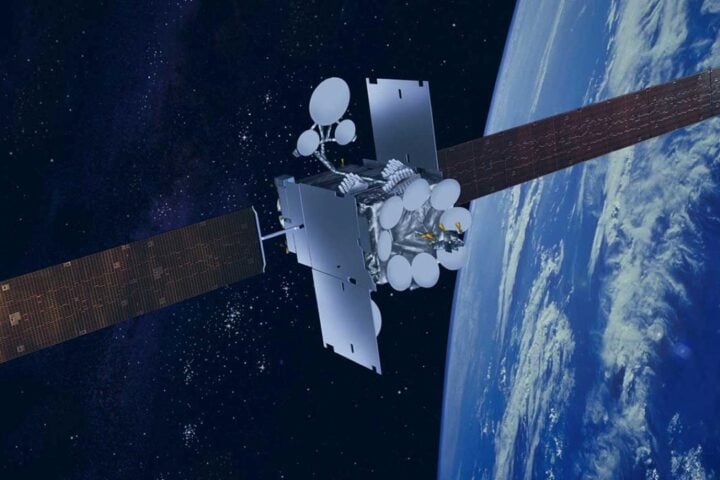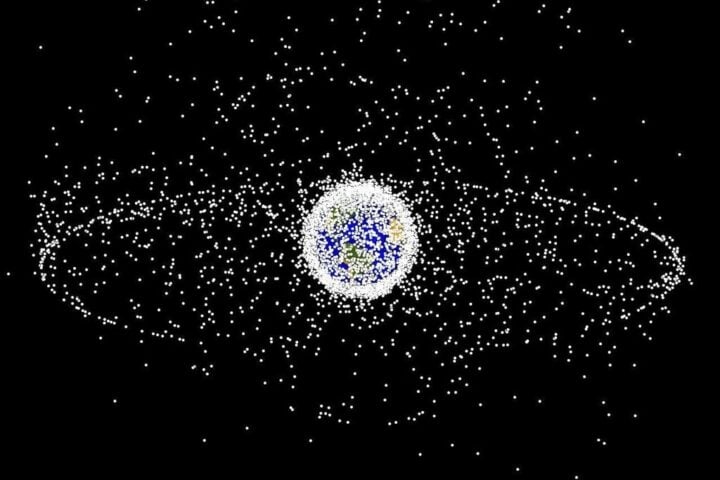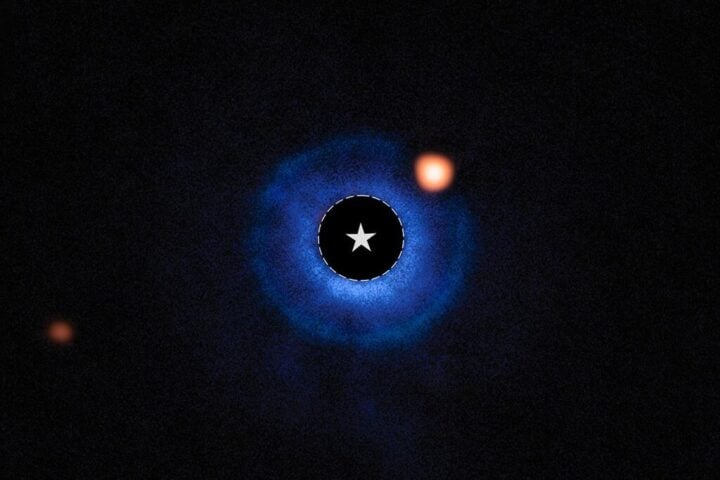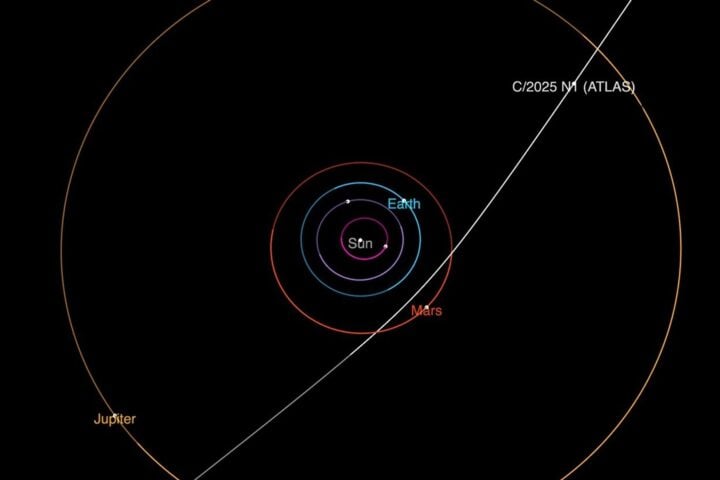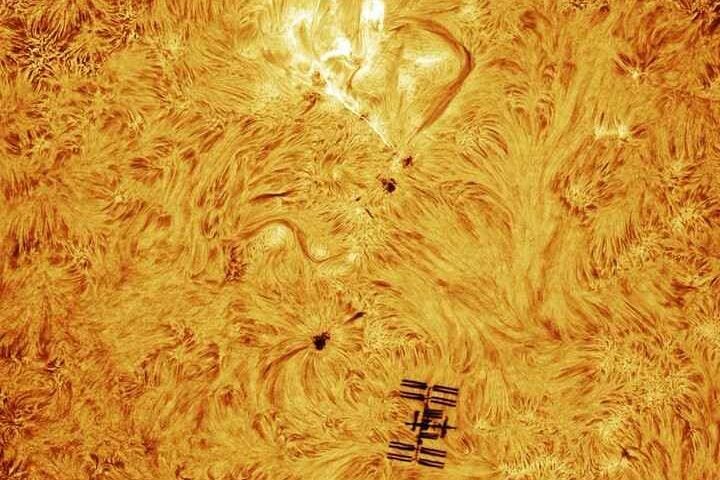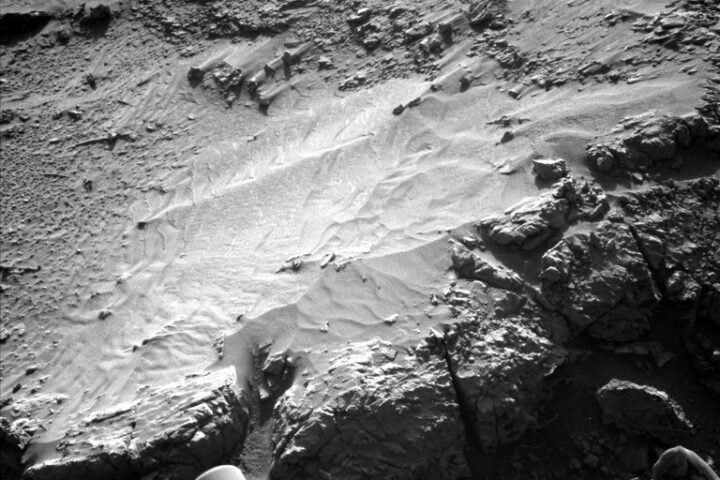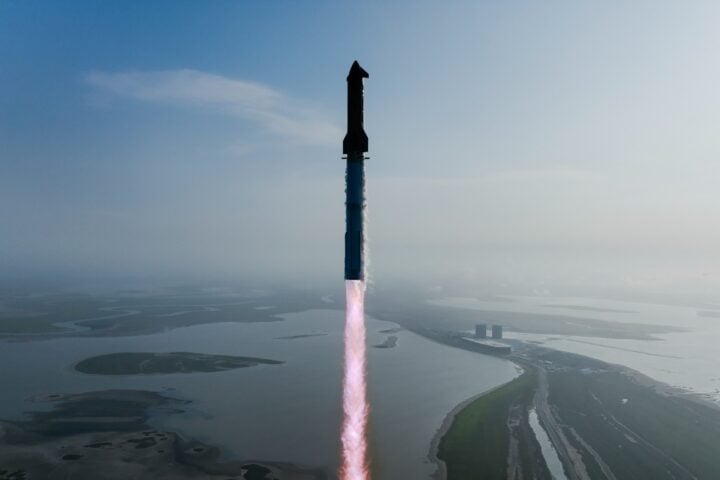Between September 6 and September 12, the vast expanse of space surrounding our planet will witness a celestial ballet. Five asteroid, varying in size from a bus to an airplane, will pirouette past Earth, reminding us of the dynamic universe we inhabit. While these space rocks aren’t new to our cosmic neighborhood, their approach serves as a timely reminder of the universe’s unpredictability.
The House Guest: Asteroid JA5
Kicking off the cosmic dance on September 6 is asteroid JA5, roughly the size of a suburban home at 59 feet. First spotted in 2021, JA5 will glide past Earth at a distance of 3.17 million miles. While this might seem like a vast distance in terrestrial terms, in the cosmic scale, it’s a mere stone’s throw away.
Duo of the Skies: QC5 and GE
September 8 will see a duo of asteroids making their approach. QC5, likened to an airplane and stretching about 79 feet, will come within 2.53 million miles of our planet. Not far behind is GE, a bus-sized entity measuring approximately 26 feet, set to pass within 3,560,000 miles. These asteroids, discovered in 2023 and 2020 respectively, highlight the continuous monitoring and discoveries made by space agencies.
Close Encounters: QF6’s Approach
Perhaps the most intriguing of the lot is QF6, another airplane-sized asteroid, measuring about 68 feet. Discovered recently in 2023, it will make its closest approach on September 10, coming within a mere 1.65 million miles of Earth. While still a safe distance away, its proximity is a testament to the unpredictable nature of these celestial bodies.
The Final Bow: RT2’s Flyby
Concluding the week’s cosmic performance on September 12 is RT2, a bus-sized asteroid approximately 25 feet in length. First identified in 2020, it will pass at a distance of about 2,620,000 miles from our planet.
Safety First: NASA’s Criteria for Hazard
While the dance of these asteroids is fascinating, it’s essential to understand what makes an asteroid “potentially hazardous.” The California Institute of Technology manages NASA’s Jet Propulsion Laboratory, which states that any asteroid over 492 feet coming within 4.6 million miles of Earth is considered potentially dangerous. Fortunately, none of the upcoming asteroids fit this bill, ensuring our planet’s safety—for now.
The Bigger Picture: NASA’s Proactive Measures
NASA’s proactive stance on these celestial bodies is commendable. Since creating the Planetary Defense Coordination Office in 2016, the agency has actively worked to identify and address potential space threats. Their recent mission, where a spacecraft was deliberately crashed into the asteroid Dimorphos, showcases their commitment to planetary defense.
Similar Post
Looking Ahead: The NEO Surveyor
In a bid to further enhance our understanding and monitoring capabilities, NASA is developing the NEO Surveyor. This asteroid-hunting telescope, set to launch by June 2028, aims to detect a majority of near-Earth objects that could pose potential threats.
In Conclusion: A Universe in Motion
The upcoming asteroid flybys serve as a gentle reminder of our place in the universe. While none of these asteroids pose an immediate threat, their presence underscores the need for continuous monitoring and preparedness. As we gaze up at the skies, let’s remember the dynamic and ever-changing nature of our cosmic surroundings and appreciate the vigilant watch kept by agencies like NASA.



